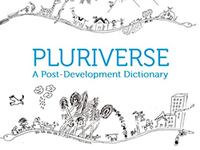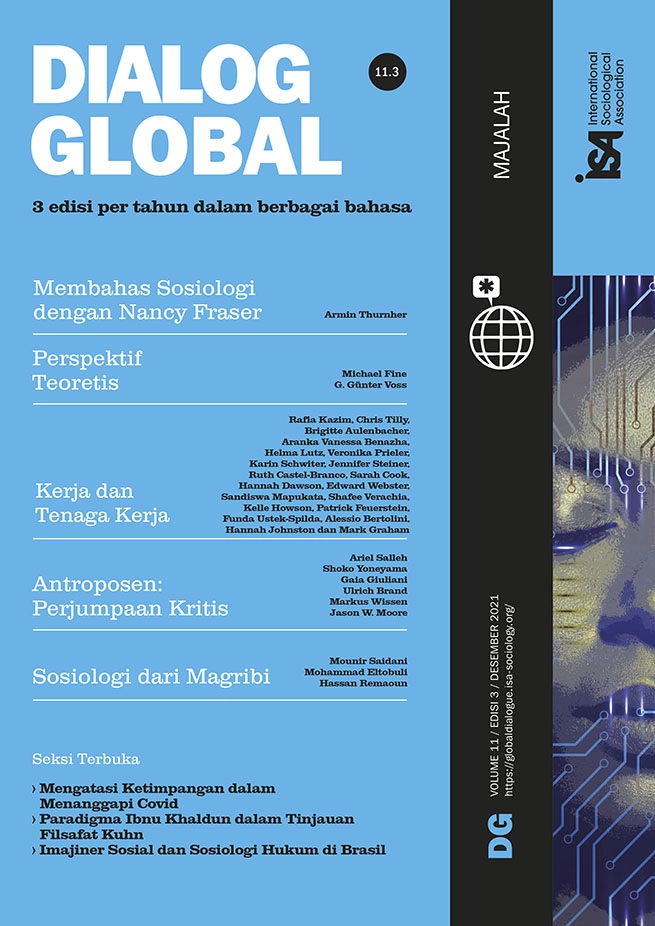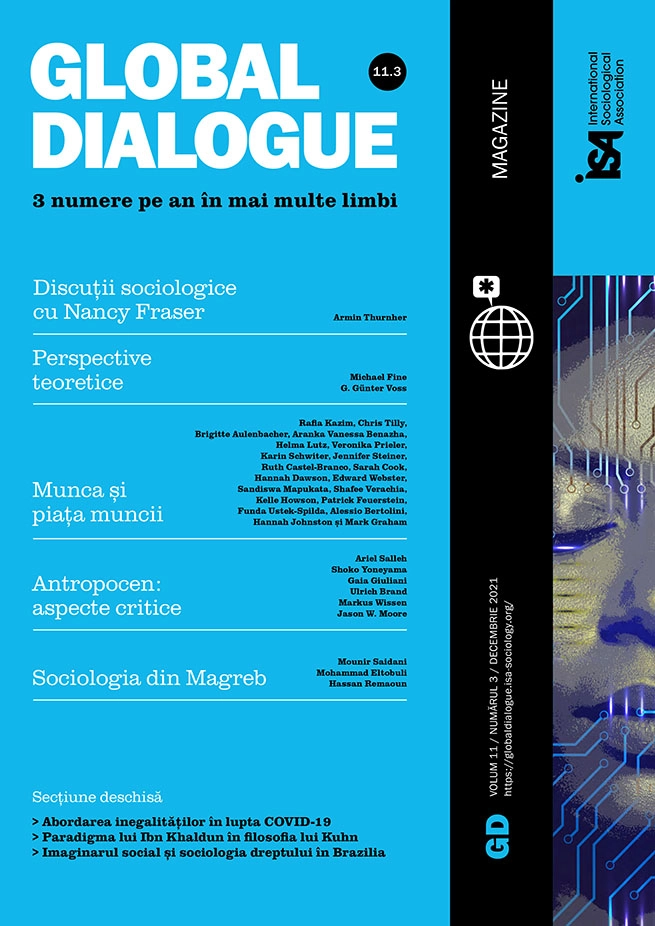The Anthropocene is the most influential environmentalist concept of the new millennium. Is it also the major dangerous?
Anthropocene? Age of Man? The words are seemingly innocent and scientific. The grim realities of climate crisis are framed as a momentous collision. It is a Tale of the Fall. Man is “overwhelming the great forces of nature.” For the Earth system scientists, Man and Nature is decidedly apolitical. The reality is starkly different. For the same scholars committed to finding “golden spikes” – a Geological Anthropocene – moved immediately to spin stories of human affairs. They replaced modernity’s contentious histories with techno-demographic narratives. The Popular Anthropocene was born. Its twin pillars were Watts’ steam engine (1784) and “the rapid expansion of mankind.” If the history was poor, its ideology was worse. For Man and Nature is not innocent. It has been the operating system for imperial-bourgeois hegemony. Thomas Malthus’ counter-revolutionary tract (1798) appeared amid unprecedented social radicalism. Paul R. Ehrlich’s The Population Bomb (1968) appeared just as worker, peasant and student revolt threatened postwar capitalism. In both moments – like today’s Anthropocene – the world’s fundamental socio-ecological cleavages are cleansed in the baptismal fount of Naturalism. Its message? Pay no attention to The Man behind the curtain. The best we can hope for is the effective management of “natural laws.”
Man and nature, from bourgeois naturalism to ‘There is no alternative’
If you’ve ever felt that it’s easier to imagine the end of the world than the end of capitalism, that’s why. Bourgeois naturalism erases the history of struggles for a more just and democratic world. In this light, the Popular Anthropocene is an ecology of hopelessness. It is the environmentalist expression of neoliberal dogma: There is no alternative. One can only accept the inevitability of planetary management. (And even this seems unrealistic.) Man and Nature are the perfect opiate for an Environmental Imaginary that has always wanted to tell us the End Times are here, and never wanted to name – much less abolish – the System. Since the early 1970s, this has enabled an outpouring of sincere but politically useless hand-wringing on the part of the world’s professional and managerial strata. Meanwhile, the One Percent drives us headlong into the planetary inferno.
Man and Nature are, then, hardly innocent. These words (and their cognates, like Society) gained their contemporary English-language meanings only after 1550, a turning point in the history of capitalism. It was an era of climate crisis, breakneck proletarianization, and plantation revolution. In this tumultuous era, Man and Nature took shape as ruling abstractions: practical guides to reorganizing human and other webs of life in service to endless accumulation. Cohered by civilizing projects, these abstractions framed an ethos of domination – of Man over Nature – that readily produced modern racism and sexism, all bound together by bourgeois naturalism and the world-historical drive to advance profitability. This was the dawn of the Capitalocene, a geohistorical era that unified new strategies of domination, exploitation and environment-making.
The emergence of capitalism as a world-ecology of power, profit and life therefore extended well beyond the economic. The Capitalocene knitted together new patterns of class exploitation and surplus accumulation in the web life. The creation of a capitalist Pangea after 1492 was a biogeographical watershed in planetary history. The Orbis Spike of 1610 – which for Maslin and Lewis marks the Anthropocene’s geological origins – became the “golden spike” of carbon drawdown, the direct result of genocide, itself driven by slaving and other Cheap Nature strategies.
Prometheanism: The geocultural logic of historical capitalism
Those strategies were not the disembodied logic of capital accumulation. They were enabled through a novel mode of geocultural domination: Prometheanism. Here Man, which had nothing to do with the human species, stood before Nature as God stood before Man. For sixteenth-century Spaniards, the imperfect natures of indigenous peoples might be saved through hard work for good Christians. Prometheanism was an animating principle of every great empire, whose priests and soldiers, merchants and planters, quickly “discovered” colonial peoples to be savage, irrational, and otherwise unfit for Civilization. Such peoples – indigenous, African, Celtic, Slavic and countless others – were Naturalized, the better they could be Civilized. Empire became a “school for civilization.” Every empire that followed brought Civilization, and later “Development,” to the savages.
What does this have to do with the climate crisis and the Anthropocene? Everything. Nature became everything that the bourgeoisie did not wish to pay for. Its Cheapness was a strategy of domination and accumulation that joined the “economic” moments of valorization to an unprecedented apparatus of geocultural devaluation. This is the heart of the Capitalocene alternative.
We may then pause to reflect critically upon IPCC’s recent statement: “It is unequivocal that human influence has warmed the atmosphere, ocean and land.” This is unequivocally true – and unduly partial. For “human influenced” is the most ideologically charged phrase imaginable. We rightly question a starkly egalitarian distribution of historical responsibility for climate change in a system committed to a violently unequal distribution of wealth and power.
Anthropogenic climate change appears as a special brand of blaming the victims of exploitation, violence, and poverty. A more nearly accurate alternative? Ours is an era of capitalogenic climate crisis: the geological Anthropocene is made by capital, not “human influences.” Since 1854, ninety corporations emitted two-thirds of industrial CO2 emissions. Today, the richest one percent emit twice as many greenhouse gases as the poorest fifty percent.
Capitalogenic climate change: Towards the euthanisation of the Capitalocene
Making sense of today’s climate politics requires us to rethinking the class politics that have unfolded under the banner of Prometheanism since 1492. The Capitalocene perspective identifies the patterns of domination, accumulation, and environment-making at the heart of twenty-first century climate crisis. Crucially, it highlights the relations between geopolitical economy and geocultural domination in the web of life, producing a capitalogenic trinity: the climate class divide, climate apartheid, climate patriarchy. The intellectual – and therefore political – challenge is to engage these world-historical webs of life, domination, and accumulation. Against Big Green’s planetary managerialism, we might begin to outline a working-class politics that treats webs of life not as things to be managed by (some) Men, but as comrades in a worldwide struggle for emancipation and a just sustainability.
Jason W. Moore, Binghamton University, New York, USA <jwmoore@binghamton.edu>



















